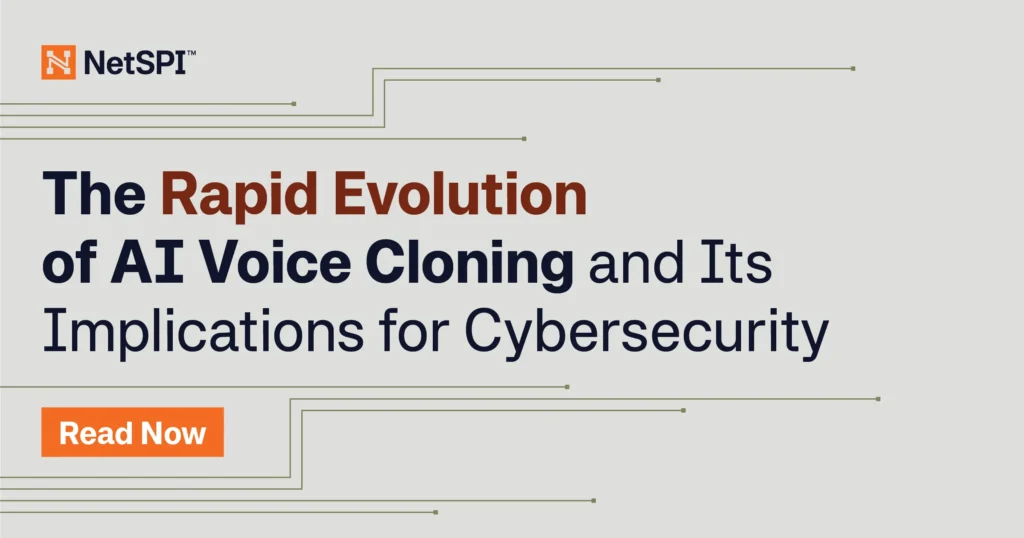
Social Engineering
Put the people, policies, processes, and technical controls of your business to the test with NetSPI’s social engineering offerings. Gain actionable findings from real-world scenarios to reduce risk and improve security.
Social Engineering
Impactful results from real-world scenarios
Our social engineering experts deliver actionable findings from real-world email, text, phone, and physical scenarios. Social engineering assessments help to verify the effectiveness of existing security procedures across your organization’s many touch points.
NetSPI’s Social Engineering Team
NetSPI is positioned as an innovator in social engineering assessments because of our team’s unmatched experience and creativity. The team is led by Patrick Sayler, our Director of Social Engineering, with more than a decade of industry experience.

Patrick Sayler
Director, Social Engineering

Dalin McClellan
Principal Consultant

Rafael Seferyan
Principal Tech Lead

Michael Jereza
Principal Tech Lead


 Phone / Voice
Phone / Voice  Physical
Physical 






